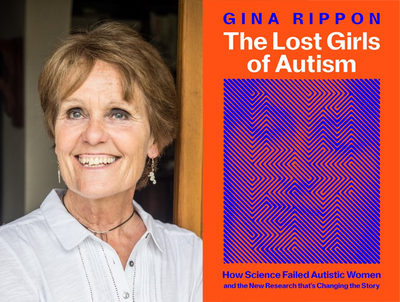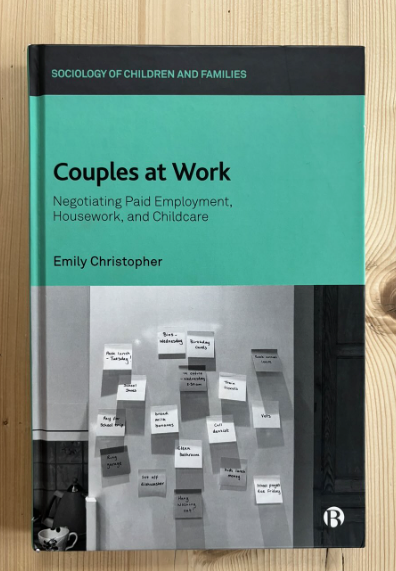- The two-day conference brought together academics and policy experts
- Its aim was to strengthen crisis and disaster research cooperation between institutions in Taiwan and Nepal with Hounslow Borough Council and Birmingham City Council
- The event laid the groundwork for ongoing cooperation and knowledge exchange in disaster management.
Aston University has welcomed a delegation of global disaster management experts to a two-day conference aimed at fostering collaboration and innovation in crisis and disaster research.
The event held at Conference Aston from 12 to 14 May 2024 brought together leading academics, policy experts and industry professionals, with a particular focus on strengthening cooperation between institutions in Taiwan and Nepal together with Hounslow Borough Council and Birmingham City Council.
Since mid-2019, a concerted effort has been underway to harness innovative technologies for geoclimatic hazards monitoring in Nepal, the Philippines and Bhutan. Supported by the National Science and Technology Center for Disaster Reduction in Taiwan, this initiative has seen meaningful partnerships between British and Taiwanese stakeholders, driving advancements in real-time data capture for earthquake activity, rainfall patterns and wind dynamics crucial for effective crisis and disaster governance.
Dr Komal Aryal, a lecturer in crisis and disaster management at Aston University, said:
“I was wonderful to welcome such esteemed experts and colleagues to campus for this important event.
“Sharing success stories and addressing implementation challenges to emerging technologies in local crisis and disaster management is vital in strengthening digital research infrastructure and networks at the grassroots level in countries like Nepal, Bhutan, the Philippines and other Himalayan regions.
“The event served as a nexus for fostering partnerships among academia, policymakers, industries, emergency services and humanitarian volunteers across the UK, Nepal and Taiwan.
“These collaborations are essential for driving impactful solutions and strategies in disaster management.”
Professor Zoe Radnor, Pro-Vice-Chancellor and Executive Dean of the College of Business and Social Sciences at Aston University, said:
“I’d like to thank everyone who attended this important event around disaster management.
“It was wonderful to see the renewed commitment to enhancing crisis and disaster research cooperation which are integral to developing comprehensive and sustainable disaster response frameworks.
“I am delighted to see draft plans produced for future joint collaborative activities, laying the groundwork for ongoing cooperation and knowledge exchange in disaster management.”
Rev. Weilien Lin, programme secretary, Church and Society Committee, the Presbyterian Church in Taiwan, said:
“This conference marks a significant step forward in our collective efforts to enhance global resilience to disasters.
“By bringing together diverse expertise and fostering meaningful partnerships, we are better equipped to address the complex challenges posed by natural and man-made crises.”
Professor Yie-Ru, from Chiu Tzu Chi University, Taiwan, said:
“Aston University and Tzu Chi universities have entered into a Memorandum of Understanding (MoU) to collaborate more closely in addressing disaster and crisis management studies not only in Taiwan and the United Kingdom but also abroad.
“This partnership marks a significant step forward in our shared commitment to enhancing global preparedness and response to emergencies, fostering cooperation and knowledge exchange across borders.”
Mayor Narulal Chaudhary, general secretary of Municipal Association of Nepal elected mayor of Ghorahi Sub Metropolitan City, said:
“This relationship with Aston University stands as a testament to how collaboration can foster disaster resilience and fortify crisis management efforts, especially in regions like the Himalayas in South Asia where vulnerability to natural disasters like earthquakes is significant.
“As someone elected as the mayor of Ghorahi Sub Metropolitan City, a region highly susceptible to earthquakes, I believe that such collaborations are crucial in equipping communities with the knowledge and resources needed to mitigate risks and respond effectively in times of crises.”





